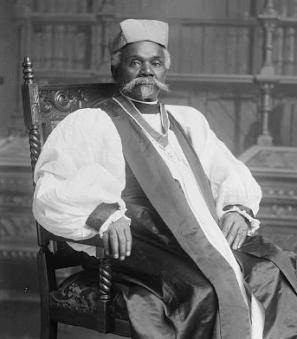The Show Must Go On: Shirley Horn at the Howard Theatre
By the late 1950s, Shirley Horn had performed all up and down the U Street corridor a countless number of times, but her show at the Howard Theatre one October night in 1958 was particularly memorable for her.[1] The jazz pianist and singer happened to be in the ninth month of her pregnancy at the time and was expecting the baby to be due any day.[2]
“I was so big. I had a big baby,” she chuckled. “The whole band was surprised to see me because they knew I was going to have this baby. [My husband] Shep didn’t want me to go.” But Horn was used to doing things her own way, and a gig was a gig.[3]
Horn was born and raised in Washington, D.C. and would gain traction in jazz circles with the release of her debut album Embers and Ashes in 1961.[4] Prior to that, she built her local reputation throughout the 1950s in clubs like the Bohemian Caverns and Olivia’s Patio Lounge, charming listeners with her soft, whispery singing style.[5] “Despite her extremely quiet voice, the phrases she spins out are so deftly and tightly constructed, and her vocal timber so subtly and widely varied that there is no need for the piano, drums and bass to defer,” wrote the Washington Post in 1960.[6] Saxophonist Gary Bartz would later remark in a 2012 interview, “I don’t even think of her singing and her piano playing as separate. It’s all just one mix, one flow, because she’s got it down so well.”[7]
Horn also had been a regular in the audience at the Howard. “I used to go to listen to this big band, and I said I want to do that, what it feels like to play with a big band.” At the venue, she got to know Bill Potts, another piano player, and he asked her to play a show there.[8]
Opened in 1910 and named for the nearby Howard University, the Howard Theatre was a premier locale for Black artists and audiences. The late Howard Foundation President Henry P. Whitehead told the Washington Post in 1985, "It was regarded as a small civil rights victory on the social front. Blacks were still trying to emulate whites on stage and wanted white people to recognize, as a matter of pride, that they now had a beautiful theater that was also a social center. They wouldn't let blacks come to their theaters, and now black people had a better one. It was something the whole community could be proud of. And, particularly in the big band era, the prices were lower and the entertainment better."[9]
The Howard had been renowned as a jazz venue in the 1930s and '40s, but starting in the '50s, the venue booked more R&B and rock 'n' roll acts. Reflecting on that time, Rick Henderson, the Howard’s bandleader from 1956 to 1964 explained, "It became one singing act after another and consequently the older people who weren't attuned to rock 'n' roll didn't get to see the things that they enjoyed.”[10] Hearing that the local star Shirley Horn would not only be playing at the Howard, but would be interpreting the classic Porgy and Bess Suite by George Gershwin, probably generated a good deal of excitement among older Washingtonians who missed going to the theatre to listen to jazz.[11]
On the night of the concert, Horn gracefully walked onstage to join the rest of the band, taking her seat at the piano. She wore a “tent dress” she had made to allow her to perform comfortably, but despite her clothing choice and the hours of practice she had put in, the baby girl she was carrying had different plans for the evening. As the first notes of Porgy and Bess filled the hall, Horn began to experience labor pains. She didn’t think much of it at first, saying, “I thought maybe [it] was gas, but I made it through, made it through the end of the concert. And as I’m leaving, I’m starting to feel like, “This is it.””[12]
Singing and playing the entire show couldn’t have been easy, especially since Horn liked to sing each phrase slowly and deliberately. As she described it, “When I’m singing a song, I sing slow, yeah. I’m trying to paint a picture. I want you to see what I see in my music.”[13] Somehow, though, Horn made it to the end.
Afterwards as she chatted backstage with her bandmates, they advised her to head to a hospital. The next thing she knew, Horn had given birth to a daughter, whom she named Rainy.[14] Having a child left the musician with two options: she could carry on recording albums and playing big shows in different cities or she could take gigs closer to home and raise Rainy. In the early ’60s, Horn was discovered by trumpeter Miles Davis, who phoned her to convince her to fly to New York to play with him at the Village Vanguard, and she continued to prioritize her music for a few years after that.[15] However, by the middle of the decade, she had decided she would only play in the D.C. area in order to take care of her daughter.[16]
Even though she eventually returned to the national stage in the 1980s, Horn’s fame was largely confined to the jazz world, as opposed to other singers like Ella Fitzgerald and Sarah Vaughan who became icons in the broader popular culture.[17] In 1966, the Evening Star reported, “Part of [her] failure to gain national prominence has been Shirley’s own fault, which she admits to readily….she married early and three years later a baby came along.”[18]
Despite the setback it may have caused in her career, Horn ultimately believed that remaining in D.C. to take care of her daughter was the right decision. As she explained in an interview for the National Museum of American History Jazz Oral Project, “I‘ve seen women, I mean, leaving their children, and I‘ve seen what happened with the children. I don‘t have to tell you word, you see. And I‘m sorry about that. And the kids suffer. The mom‘s gone, you know. Kid‘s all screwed up. And I was here to see about mine, and I‘m so happy I did, you know, because, hey, I have no regrets.”[19]
Footnotes
- ^ “Rainy L. Smith, in the U.S., Public Records Index, 1950-1993, Volume 1,” Ancestry.com, accessed November 11, 2021, https://www.ancestry.com/discoveryui-content/view/379476970:1788?tid=&p….
- ^ Jezebel Filmworks, “Shirley Horn: Sacred and Blessed,” YouTube video, 29:47, May 11, 2016, https://www.youtube.com/watch?v=Q8VyB6uUk-s.
- ^ Ibid.
- ^ Janis Stockhouse, Jazzwomen: Conversations With Twenty-One Musicians (Indiana: Indiana University Press, 2004), 153. “New Female Jazz Pianist,” New York Amsterdam News, January 20, 1962, 17.
- ^ Shirley Horn, interview by Katie Stitt, National Museum of American History Jazz Oral History Project, Smithsonian National Museum of American History, June 13-14, 1996.
- ^ “Local Record Singer Clings to Two Dreams,” Washington Post, September 18, 1960, G5.
- ^ Madoff Productions, “Singer Shirley Horn Interview,” YouTube video, 1:14, February 27, 2012. https://www.youtube.com/watch?v=NIErL5HGBf8.
- ^ Jezebel Filmworks, “Shirley Horn.”
- ^ Richard Harrington, “Live! 75 Years At The Howard,” Washington Post, June 23, 1985, https://www.washingtonpost.com/archive/lifestyle/style/1985/06/23/live-….
- ^ Ibid.
- ^ Jezebel Filmworks, “Shirley Horn.”
- ^ Ibid.
- ^ Madoff Productions, “Singer Shirley Horn Interview.”
- ^ Jezebel Filmworks, “Shirley Horn.”
- ^ Horn, interview.
- ^ Ibid.
- ^ Richard Harrington, “The Tender Notes Of Shirley Horn,” Washington Post, December 11, 2004, C1.
- ^ John Segraves, “Miss Horn Leads Trio In ‘Holy Modal’ Concert,” Evening Star, March 24, 1969, C7.
- ^ Horn, interview.


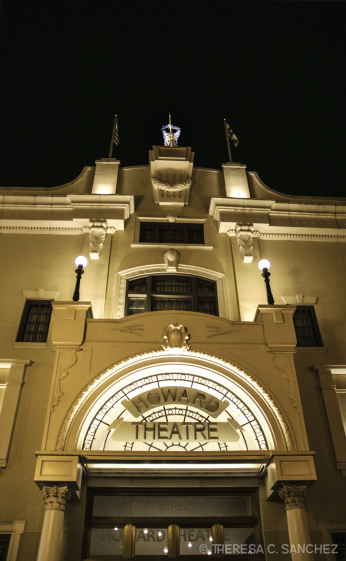
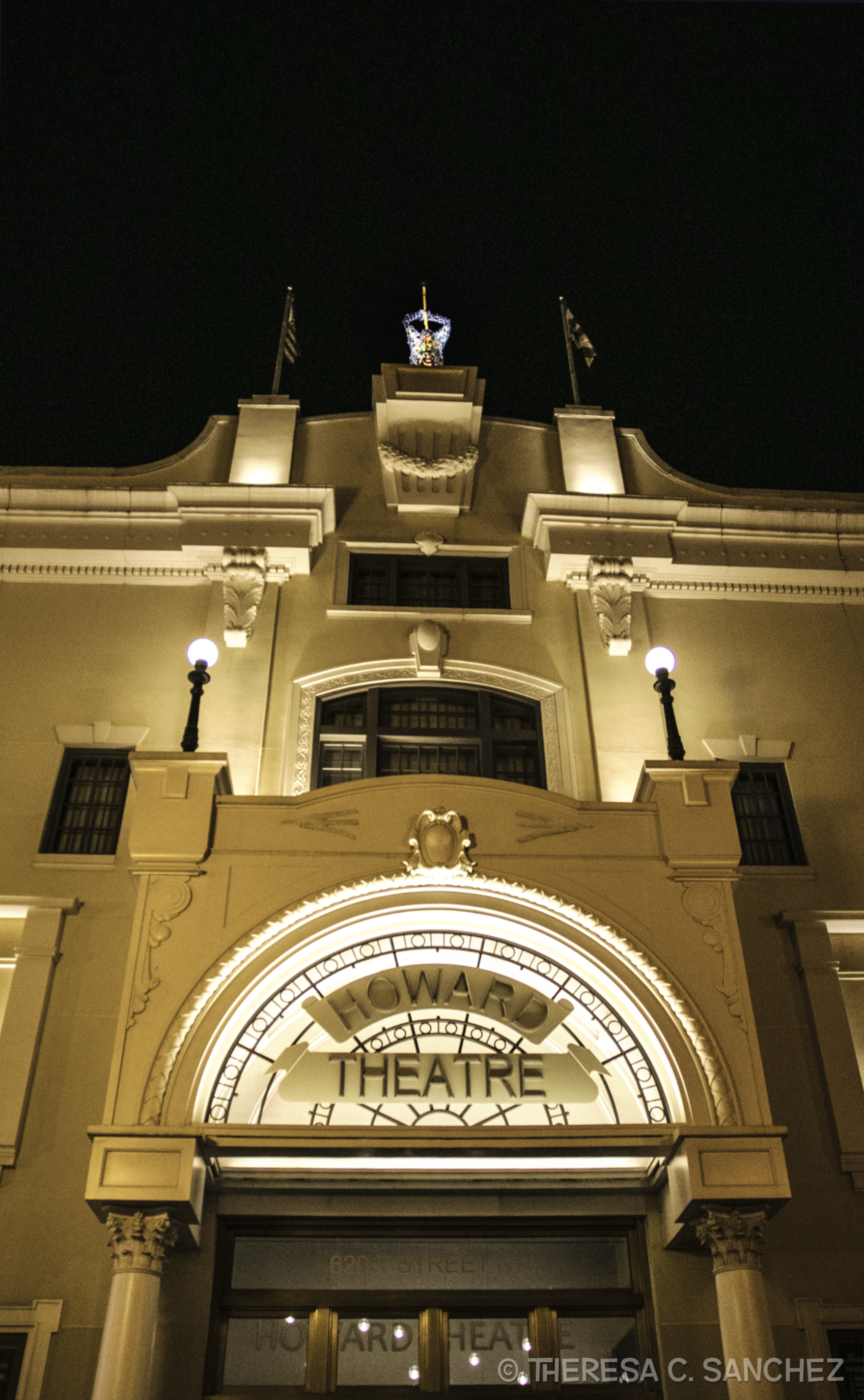
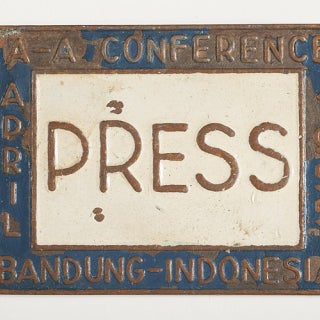
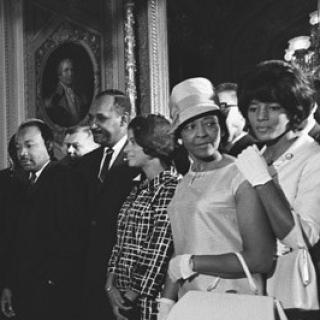
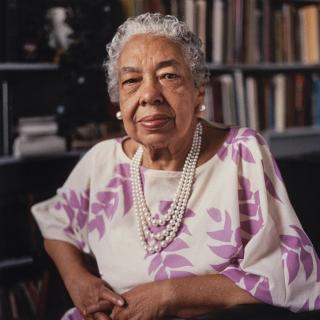
![Sketch of the mythical fuan by Pearson Scott Foresman. [Source: Wikipedia]](/sites/default/files/styles/crop_320x320/public/2023-10/Goatman_Wikipedia_Faun_2_%28PSF%29.png?h=64a074ff&itok=C9Qh-PE1)











